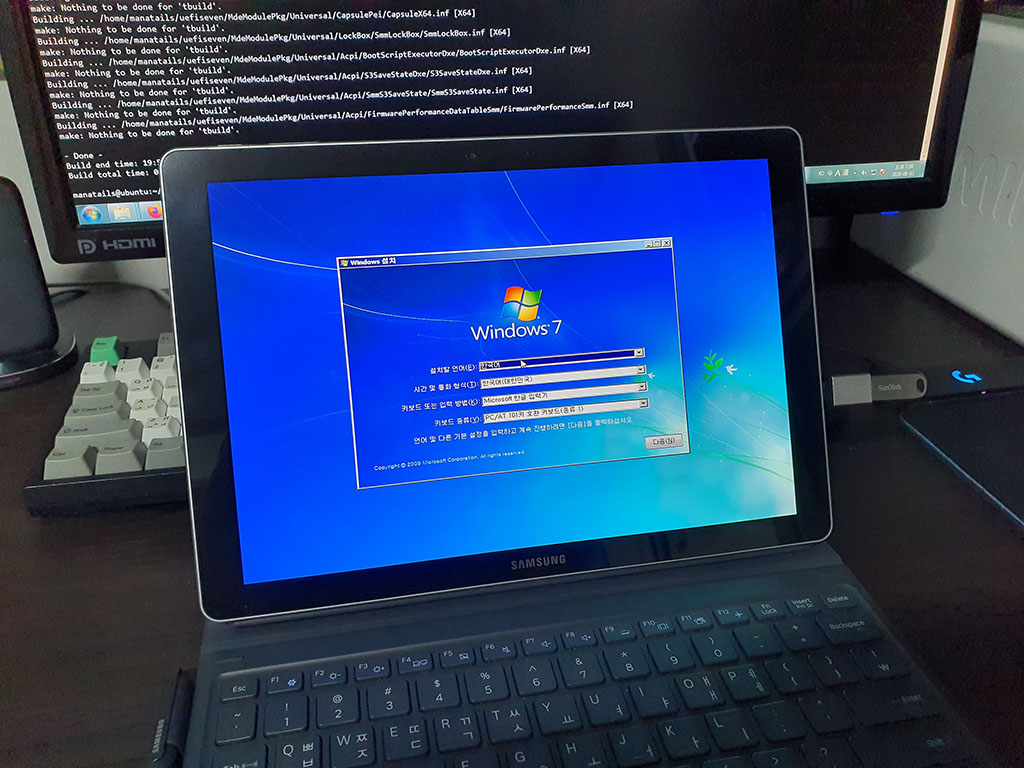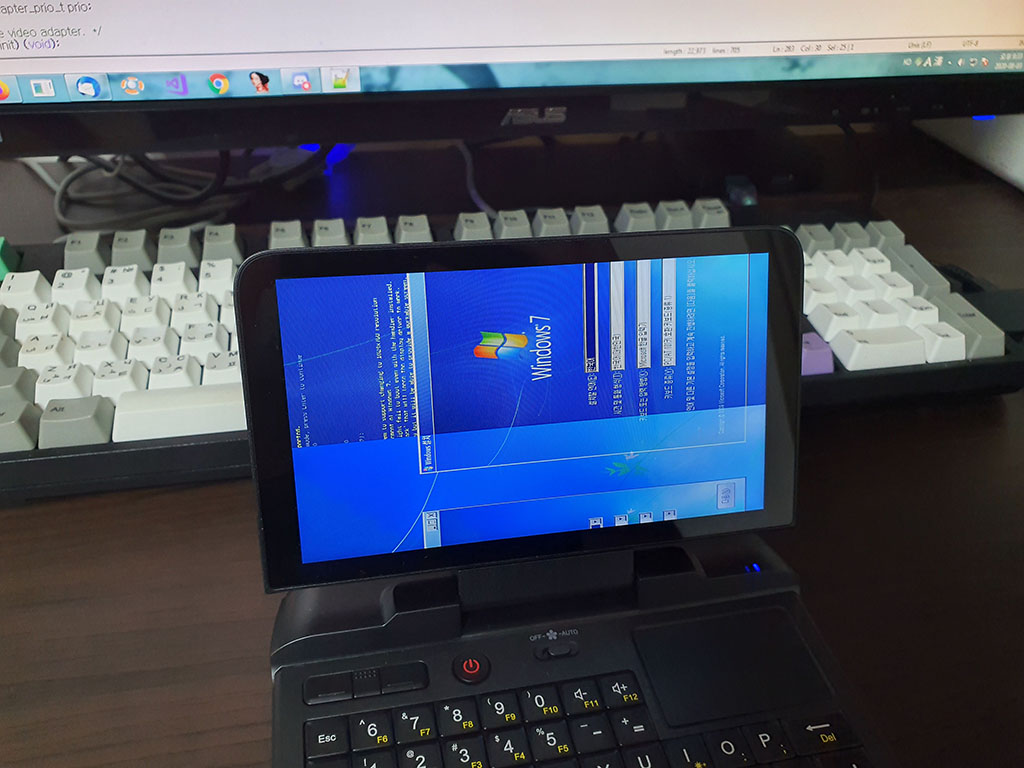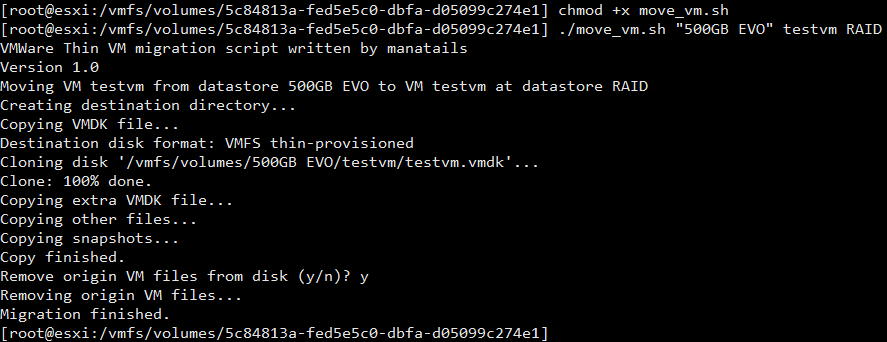I’ve been following some threads about installing Windows 7 on pure EFI systems.
Then I found out about VgaShim which I thought to be the best solution.
But the project was deserted a long time ago, it was buggy and was not compatible with my newest devices
After playing around with OVMF firmware and some hardware, I came up with many fixes and improvements.
I decided to take this a bit further and forked my own project named UefiSeven
https://git.mananet.net/manatails/uefiseven
It aims to be the straightforward solution for installing Windows 7 on UEFI class 3 devices.
-Easy to install
-Informative logs
-Configurable verbose mode
-Serial debug console from VGA ROM for debugging
-Experimental, hack-ish support for non-1024×768 capable screens
Usage Instructions:
1. Prepare Windows 7 installation USB Drive
2. Rename bootx64.efi at (UsbDrive)\EFI\Boot\ to bootx64.original.efi
3. Unpack bootx64.efi from UefiSeven archive and copy it to (UsbDrive)\EFI\Boot\
4. (Optional) Copy UefiSeven.verbose to the same directory to enable verbose mode
5. Install Windows
6. Rename bootmgfw.efi at (HDD)\EFI\Microsoft\Boot\ to bootmgfw.original.efi
7. Copy UefiSeven bootx64.efi to (HDD)\EFI\Microsoft\Boot\bootmgfw.efi using EFI shell
Download:
https://git.mananet.net/manatails/uefiseven/-/releases
PoC

Windows 7 running on a Samsung Galaxy Book 12 (Kaby Lake SoC), 2160×1440 screen with native 1024×768 GOP support

Windows 7 running on a GPD MicroPC (Gemini Lake SoC), 720×1280 rotated portrait screen holding 1024×768 framebuffer (Glitchy but useful enough to complete the setup)
I hope this makes life easier for many people who do not want to accept Windows 10 tyranny.


